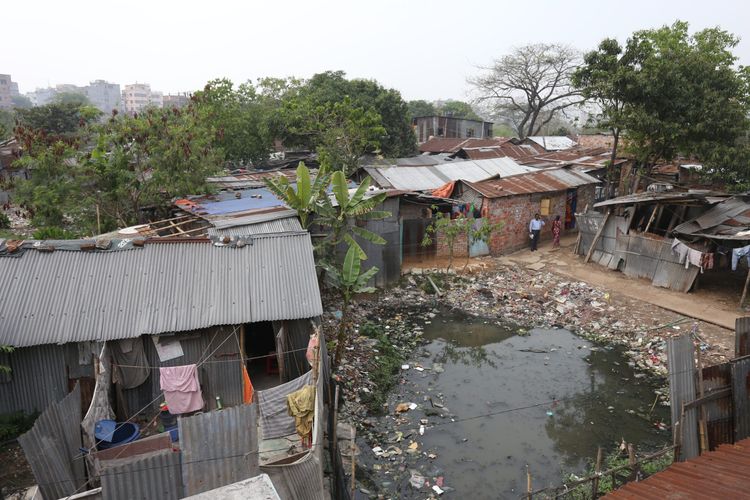Institutional & regulatory reform in the evolution of Dhaka's sanitation sector
by Pritum Saha (WSUP), Sam Drabble (WSUP) and Dewi Rimayani Hanoum (UN Habitat).Dhaka’s population has multiplied 14 times in 50 years since 1971. The megacity is now the seventh most populous in the world with over 21 million residents.
